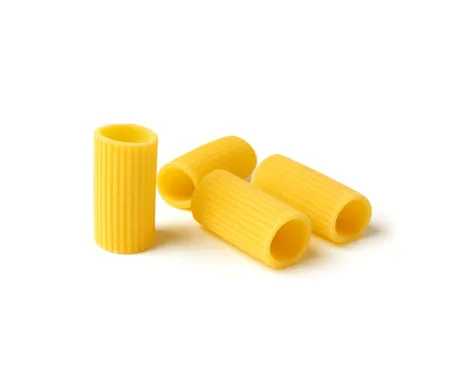 How old are you?
How old are you?
Lesson twenty

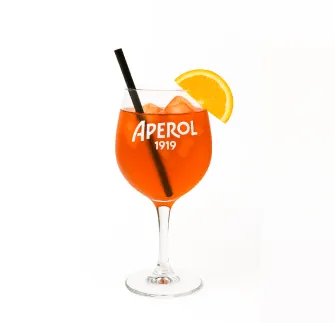
In this post, we’ll take a closer look at two essential demonstrative pronouns and adjectives this and that, and see how they’re used to indicate specific people or things in relation to the speaker and the listener.
When possessives stand alone i.e., not followed by a noun, they function aspossessive pronouns.
Di chi è questo libro? È il mio.
Whose book is this? It’s mine.
Il mio appartamento è più grande del tuo.
My apartment is bigger than yours.
Il mio telefono è nuovo, mentre il suo è vecchio.
My phone is new, while his/hers is old.
Andiamo a casa mia o a casa tua?
Shall we go to my house or yours?
Note: When a demonstrative like questo or quello is present, you can omit the article with the possessive pronoun:
Di chi è questo libro? È mio.
Whose book is this? It’s mine.
Questo è mio e quello è tuo.
This is mine, and that is yours.
This and that are called demonstratives. They help indicate whether something is near or far from the speaker. When they are followed by a noun, they are demonstrative adjectives, and when they stand alone, they are demonstrative pronouns. Let’s break down how to use them in Italian.
The word for this in Italian is questo. Like English, it comes before the noun. However, in Italian, it agrees with the gender and number of the noun it modifies.
| Masculine | Feminine |
|---|---|
| questo | questa |
| questi | queste |
Questo cibo è buono.
This food is good.
Questo libro è interessante.
This book is interesting.
Questa casa è grande.
This house is big.
Questa canzone mi piace.
I like this song.
Questi alberi sono alti.
These trees are tall.
In questi giorni sono occupata.
I’ve been busy these days.
Queste mele sono rosse.
These apples are red.
Queste scarpe sono comode.
These shoes are comfortable.
When questo/questa is followed by a word beginning with a vowel, drop the final vowel and use an apostrophe:
Quest’anno mi sono laureata.
This year, I graduated.
Quest’estate vado al mare.
This summer, I’m going to the seaside.
Quest’auto non funziona.
This car doesn’t work.
The Italian word for that is more complex than questo because it follows the same rules as definite articles.
| Masculine Singular | Masculine Plural | Feminine Singular | Feminine Plural |
|---|---|---|---|
| quel (regular) | quei | quella | quelle |
| quello (z, s+consonant, etc.) | quegli | ||
| quell’ (before vowels) | quegli | quell’ |
Regular Masculine Nouns not starting with vowel, s+consonant, etc.:
Quel libro è interessante.
That book is interesting.
Quei ragazzi sono simpatici.
Those boys are nice.
Masculine Nouns Beginning with a Vowel:
Quell’uomo è vecchio.
That man is old.
Quegli uomini sono gentili.
Those men are kind.
Masculine Nouns Starting with z, s+consonant, gn, ps, x, y:
Quello studente è bravo.
That student is good.
Quello zaino è pesante.
That backpack is heavy.
Quegli psicologi sono bravi.
Those psychologists are good.
Feminine Nouns:
Quella ragazza è simpatica.
That girl is nice.
Quell’idea era buona.
That idea was good.
Quelle case sono vecchie.
Those houses are old.
| Singular | Plural |
|---|---|
| Masculine: quel, quello, quell’ | Masculine: quei, quegli |
| Feminine: quella, quell’ | Feminine: quelle |
| This forms: questo, questa, quest’ | This forms: questi, queste |
Sometimes, Italians add qui (here) and lì (there) after nouns to emphasize proximity or distance. These are optional and mostly used for emphasis in spoken language.
Questo cibo qui è buono.
This food here is good.
Quella ragazza lì è bella.
That girl there is beautiful.
Quest’auto qui non funziona.
This car here doesn’t work.
A quell’ora lì, sono al lavoro.
At that time there, I’m at work.
When questo or quello replaces a noun instead of describing one, it becomes a demonstrative pronoun and must agree in gender and number.
Questo è buono.
This one is good.
Quella è bella.
That one is beautiful.
Questi sono miei.
These are mine.
Quelle sono le tue.
Those are yours.
 How old are you?
How old are you?
Lesson twenty
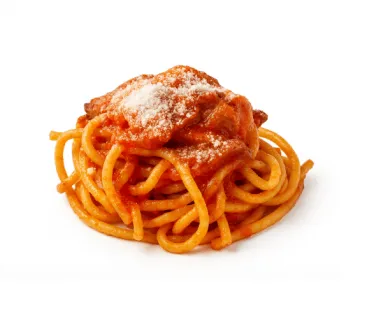 Present progressive
Present progressive
Lesson twenty-one
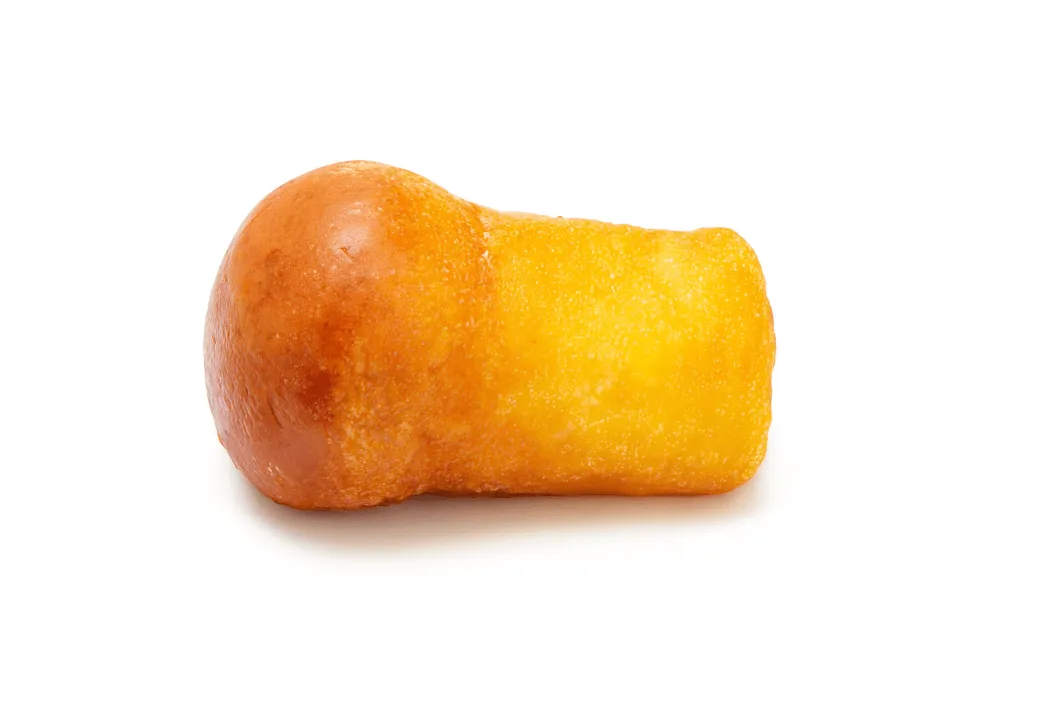 Reflexive verbs
Reflexive verbs
Lesson twenty-two
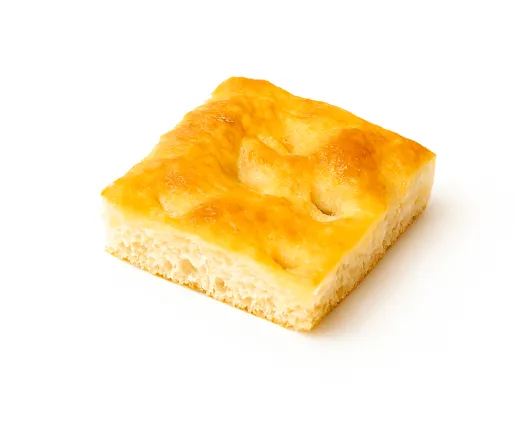 Possessive
Possessive
Lesson twenty-three
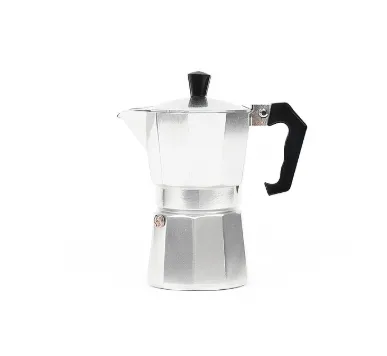 Mi piace
Mi piace
Lesson twenty-four
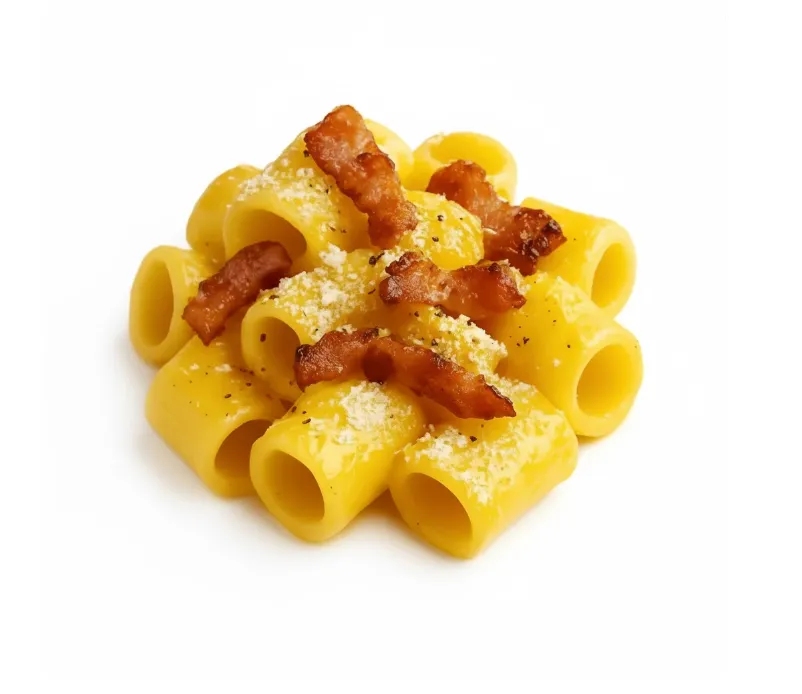 Object pronouns
Object pronouns
Lesson twenty-five